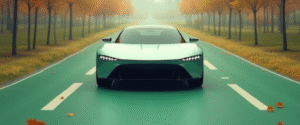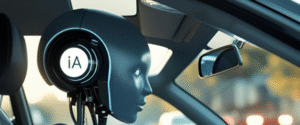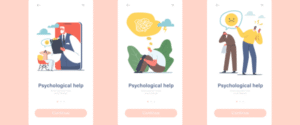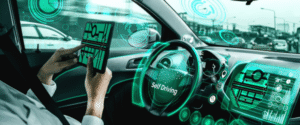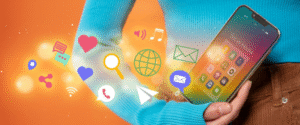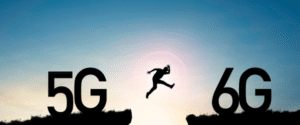Beyond the Brushes: How Technology in Beauty Industry is Changing the Game
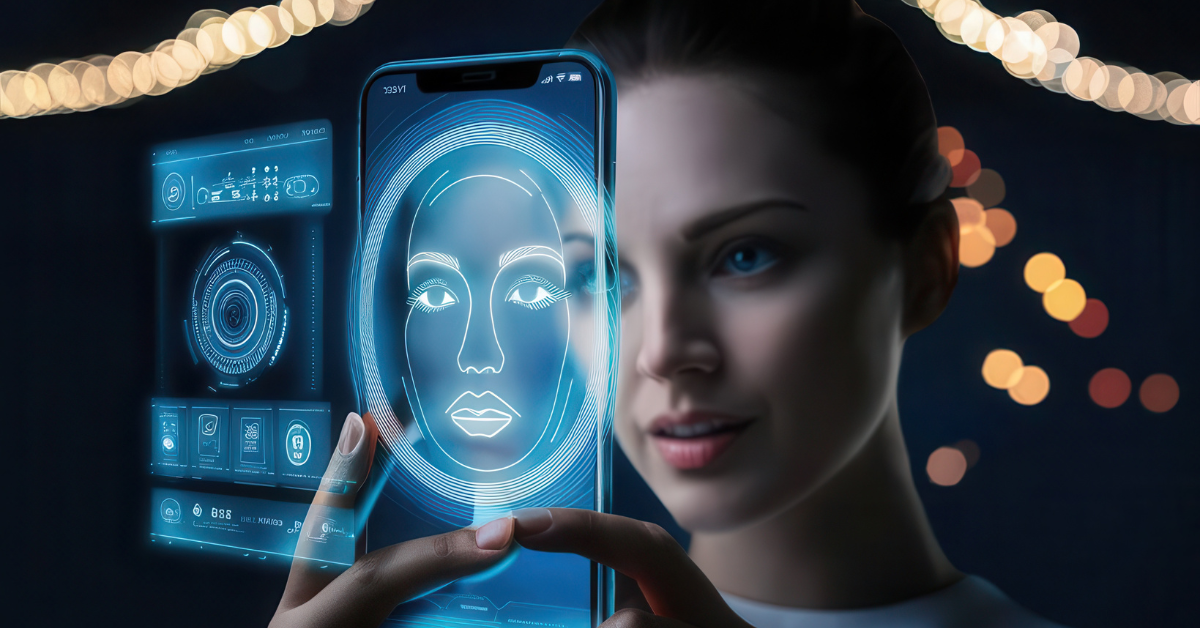
The beauty world is undergoing a seismic shift. It’s no longer just about pigments, powders, and potions. The technology in beauty industry is shaping how we buy, apply, and even think about skincare and cosmetics. From artificial intelligence (AI) analyzing your pores to 3D printers creating custom lipsticks, the future of beauty is already here.
Let’s explore how some of the most revolutionary technologies are turning everyday routines into smart, personalized experiences.
1. The Rise of Zero-Touch Makeup With Visual Filters
Makeup filters—also known as e-filters—have become second nature to social media users. But they’re more than just fun filters now. Many global cosmetic brands are using Augmented Reality (AR) to enable virtual try-ons, letting you test lipstick, foundation, or even entire looks in real-time from your mobile device.
These AR-driven makeup apps not only simulate real results but also help brands reduce product returns and offer a safer, contactless beauty experience. Trying makeup from your couch is now a reality—and a glimpse into how technology in beauty industry is reshaping customer engagement.
2. AI-Powered Skincare Tools: Smart Skin for All
Say goodbye to guesswork. Advanced skincare tools powered by AI are now providing skin diagnostics, product recommendations, and daily routines that are uniquely tailored to each user.
Devices like cleansing brushes, LED therapy masks, and skin analyzers assess skin texture, hydration levels, and even elasticity. Based on this data, they recommend personalized skincare regimens. It’s precision beauty at your fingertips—and a powerful example of AI making wellness smarter.
3. Smart Mirrors: Your Personalized Beauty Consultant
Smart mirrors are among the most futuristic innovations in the beauty tech world. Equipped with cameras, sensors, and internet connectivity, they analyze your skin and provide real-time makeup advice.
These mirrors can:
- Guide you step-by-step through your makeup routine
- Recommend products based on age, skin tone, and type
- Simulate long-term results of certain beauty products
This touchless experience not only improves hygiene but also adds a layer of AI-assisted decision-making into your daily routine.
4. LED Light Therapy Masks: Why Red Light is the New Skincare Hero
You’ve likely seen LED masks gaining popularity, especially the red light versions. But this trend is rooted in science, not just aesthetics.
Red LED light has been clinically proven to:
- Stimulate collagen production
- Promote cellular repair
- Reduce signs of aging and inflammation
Used originally in industries like agriculture and aerospace, red light technology has now become a powerful anti-aging tool in the beauty domain, offering non-invasive treatments for long-term skin health.
5. 3D Printing Is Reinventing Product Personalization
The influence of 3D printing in the beauty industry is quietly groundbreaking. From personalized nails to mascaras, 3D-printed cosmetics are saving time, minimizing waste, and allowing for extreme customization.
Some pioneers include:
- Mink: The world’s first 3D makeup printer, which transforms images from the web into ready-to-apply makeup sheets.
- Adorn: A UK-based brand that introduced a 3D makeup pen using smart pigment blending to produce custom foundations.
- Smashbox: Among the first to release 3D-printed lipsticks, changing how we interact with makeup textures and shapes.
These innovations mark a shift from mass production to mass personalization.
6. Clean Beauty and Tech-Driven Conscious Choices
Another powerful trend born from technology in beauty industry is the growth of clean beauty. Clean tech has enabled companies to remove harmful ingredients like parabens, phthalates, and sulfates and embrace sustainable, cruelty-free testing methods.
Innovative tech is also being used to:
- Source ethical ingredients
- Trace product origins
- Reduce water usage and waste in manufacturing
Consumers today demand more transparency—and technology is answering that call.
7. Brands Leading the Clean Tech Movement
These beauty brands are setting benchmarks for mindful innovation:
- Purearth: Powered by a women-led farming community, this brand focuses on ethically sourced, plant-based formulations.
- Pahadi Local: Using natural Himalayan ingredients, this brand promotes slow beauty and sustainable luxury.
- Aveda: A vegan beauty pioneer that uses 100% post-consumer recycled materials and leads with eco-conscious packaging and processes.
8. Why Originality Matters in the Tech-Driven Era
As technology becomes a powerful force in shaping beauty standards and routines, it’s crucial for brands and creators to focus on uniqueness and authenticity. With so many platforms recycling the same data and trends, true value lies in adding original insights, curated experiences, and meaningful product development.
Creating original content and proprietary innovations ensures that companies stay ahead without merely copying what’s already out there. Technology should amplify creativity—not replace it.
Final Thoughts
From virtual try-ons to AI-based skincare and 3D-printed cosmetics, the technology in beauty industry is no longer a futuristic fantasy—it’s our present reality. This ongoing transformation is making beauty more inclusive, efficient, and eco-conscious.
And as this tech-powered future unfolds, the question is no longer “What’s trending?”—it’s “What’s next?



